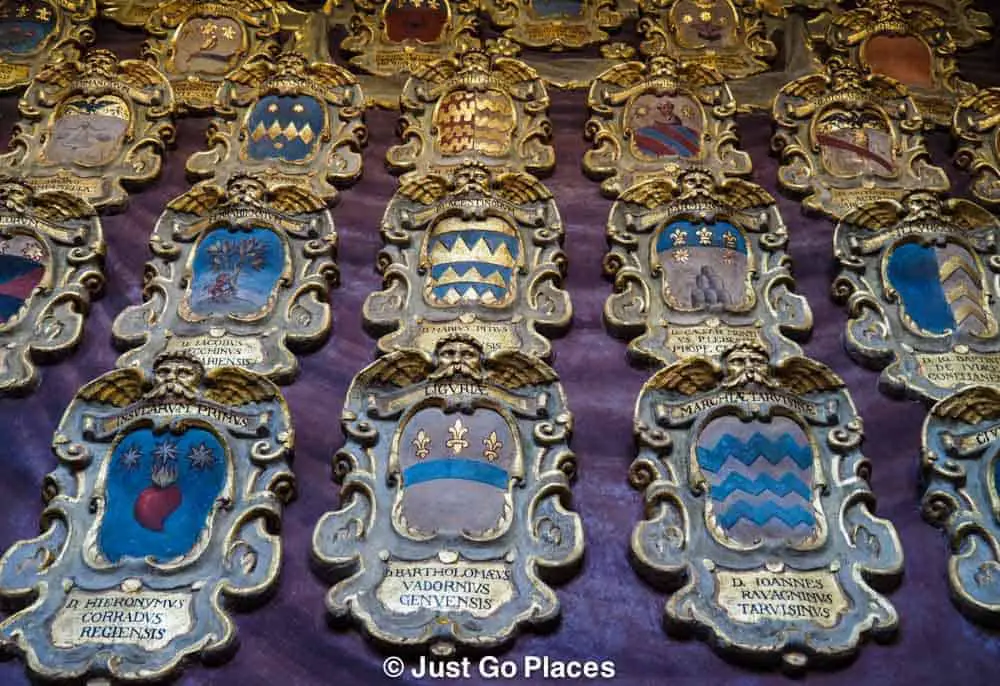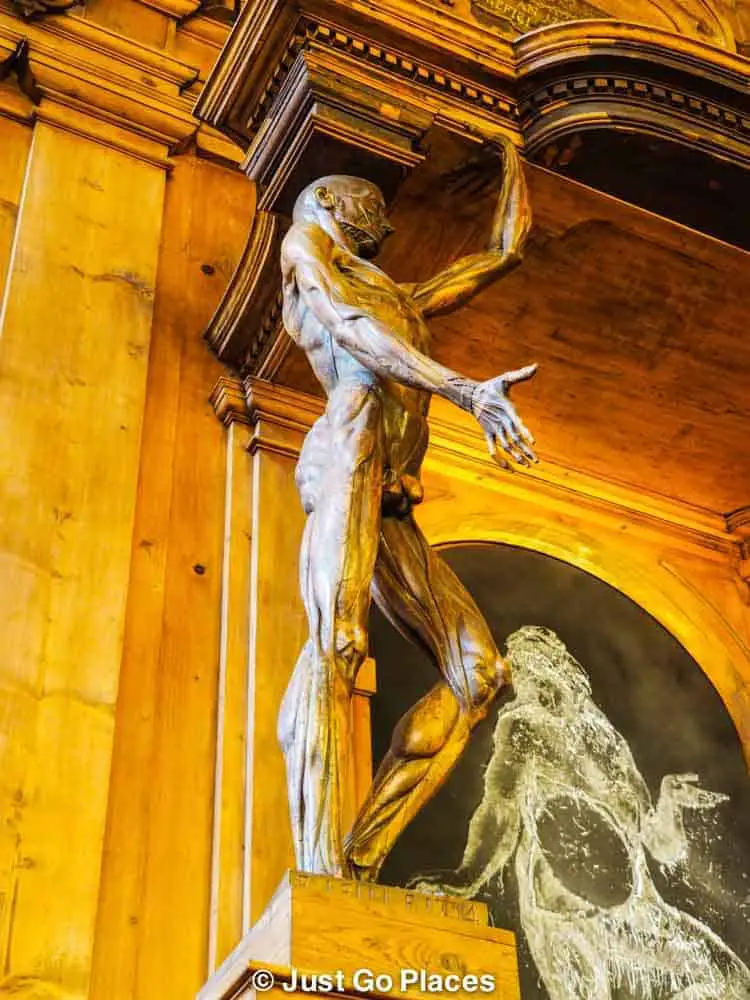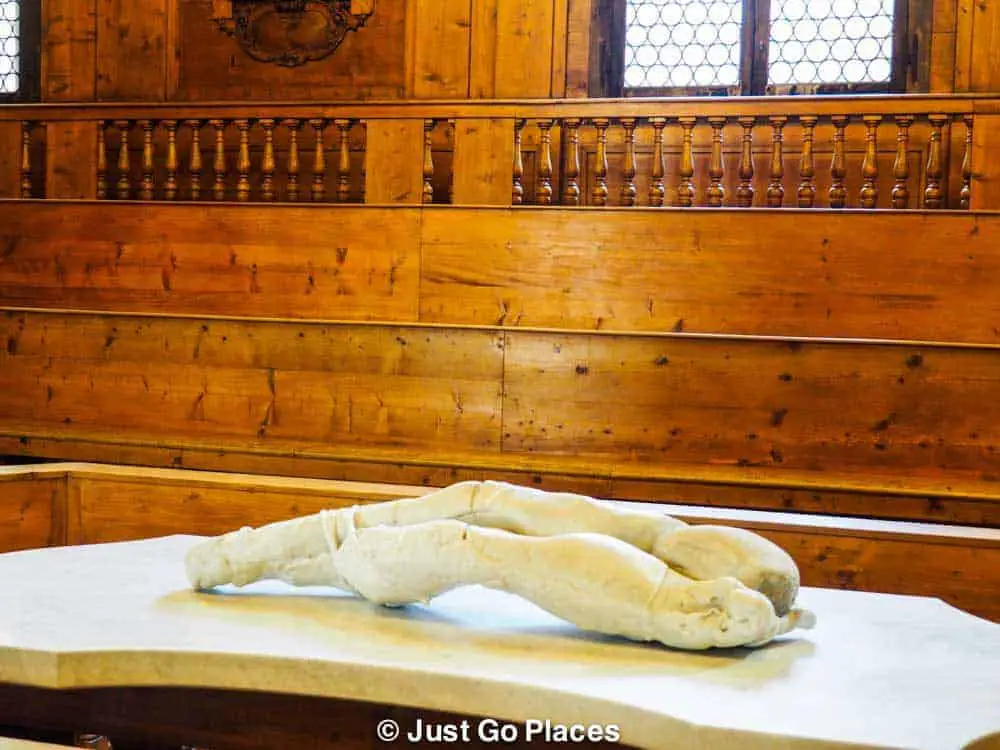“If I have seen further, it is by standing on the shoulders of giants.”
Isaac Newton (1676)
This expression is even older than Newton himself even though he was the first to popularise it in the English language. This phrase came to mind when I visited the Palazzo dell’Archiginnasio in Bologna Italy. The Archignassio was the main building of the University of Bologna from the 16th until the 19th century.
The University of Bologna, itself, is the oldest university in the world having been founded in 1088. To keep this in perspective, remember the Normans had just conquered England in 1066. While they were busy glorifying war in the Bayeux Tapestry, the inhabitants of Bologna were interested in law and art. The Archignassio was built to create a central place for students to study these diverse disciplines because previously they were scattered in buildings throughout the city.
Contents
The Archignassio
The Archignassio is one of the most important buildings in Bologna and for good reason. When you visit the historical centre of the city, buildings like the Archignassio, really do make you feel like you are stepping back in time.
Built around an internal courtyard on two floors, the building which houses the Archignassio is pretty spectacular visually. Think columns, arches, frescoes and grand staircases – all with a less is more attitude.
Built at the request of Pope Pius IV by the pope’s nephew, the magnificence of the building came at the cost of the interiors of the nearby Basilica di San Petronio from which funds were diverted. You would think the Pope would want the Basilica decorated instead. Actually, he had bigger plans. Constructing a centralised university for Bologna was part of the Pope’s plan to get a firm grip on Bologna’s cultural and social life.
The walls and ceilings are covered with the coats of arms of previous professors and students. There are 7000 such coats of arms from all over Europe. It was a considerable honour to be allowed to put your coat of arms on the wall. Of course, every student had a court of arms because in those days only wealthy young men were allowed to study.
If you got an inscription as well then you were a really big deal in your field. So many of the inscriptions were faded with time. Yet each of these people were important enough to have contributed something that warranted their inclusion on the building. I was struck that the knowledge we have today is the end result of the live’s work of so many people with so many incremental contributions to their fields.
There are two ornate staircases leading up to the classrooms. Each discipline had a great hall. The great hall for the lawyers is available to visit but the great hall for the artists is a reading room in the library.
The building, especially the Anatomy Theatre, was badly damaged during World War II and has since been restored. You can see photos of the damage pre-restoration at the Archignassio.
The Library
In the mid-19th Century, a part of the Archignassio was made into a library. Today the public library portion contains about 800,000 books and pamphlets, 12,000 manuscripts etc. From the sixteenth century alone, the library has about 15,000 books alone.
The library holds many important books of historical, literary, philosophical etc. significance. You need to have identification and fill out paperwork to enter and no photos are allowed inside the library. As a mere Looky-Lou, I didn’t get to go inside the library.
The Anatomy Theatre
Built like an amphitheatre from Roman times, the Anatomy Theatre dates from 1637. Instead of lions tearing up Christians in the middle of the room, the spectacle on display would have been the dissections taking place on top of a marble-topped table. The bodies were obtained from a local hospital so that the students could learn about surgery and anatomy. It was very much hands-on learning!
The whole anatomy theatre is wood-panelled and decorated to an inch of its life. What’s not decorated are the benches with very straight backs and tiny little seats. My 21st century bottom was not comfortable at all for the brief period of time I sat. Apparently the benches are deliberately uncomfortable in order to keep the medical students attentive. Although I think you have to be pretty jaded to fall asleep with a cadaver being sliced and diced in front of you.
The professor’s seat was very ornate. Although it looked far more comfortable for seating, it had a wooden canopy held up by two statues of naked and skinless men. Not the prettiest of statues unless, of course, you are really into something like Body Worlds, that travelling exhibit about the skinless human body. Similar to Body Worlds, the skinless statues blur the lines between the human body, art and science.
It has to be noted that human body dissections were not as common as animal dissections. A delegate from the Roman Catholic Church’s Inquisition had to be present when human bodies were dissected so as to prevent anything too offensive (whatever that meant!).
The other statues are of famous doctors, Hippocrates and Galen, the most famous physicians of Greece and Rome, respectively. Another statute pays homage to Gaspare Tagliacozzi, a Bologna native and professor at the Archignassio. Tagliacozzi pioneered plastic surgery in the 16th Century (specifically, nose jobs). Check out all these celebrities with nose jobs who have Tagliacozzi to thank for their cute new noses.
In a building like this, you know the ceiling was going to be heavily decorated. The ceiling decorations refer to Apollo, the Greek god of medicine. He is surrounded by stars because in ancient times, astrology and medicine were interconnected. For example, you checked the stars for the best time before you undertook surgery or took medicine. Considering the state of medicine in those times, I’d have prayed to the gods too.
The Stabat Mater Hall
The Stabat Mater Hall was originally meant for the lawyers. The grand classroom is part of the ticket that lets you visit the Anatomy Theatre. Its walls are covered with the coats of arms of important students and visitors. The room is named after Rossini’s Stabat Mater which was first performed in Italy in this hall.
Visiting the Archignassio
Located near the Plaza Maggiore behind San Petronio, the building entrance is along one of the beautiful colonnades of Bologna.
The official address is the Piazza Galvani. The Palace courtyard and library are open to the public free of charge. The AnatomyTheatre and the Stabat Mater Hall are available to view for a joint ticket costing 3 Euros. Children under 18 are admitted for free.
I did not specifically mention the Archignassio in my post on things to do with children in Bologna. I think it would be fascinating for kids who are interested in a career in medicine. Even for younger children, the building is pretty and not a long visit if the rest of the family want to have a peek.
This post is linked up with Travel Photo Thursday and Weekend Travel Inspiration.
SPREAD THE WORD! PIN THIS TO YOUR TRAVEL PINTEREST BOARDS FOR FUTURE REFERENCE!
We did not receive compensation of any form, monetary or otherwise, from any of the products, services, hotels etc mentioned in this article.
This site generates income via partnerships with carefully-curated travel and lifestyle brands and/or purchases made through links to them at no extra cost to you. More information may be found on our Disclosure Policy.












